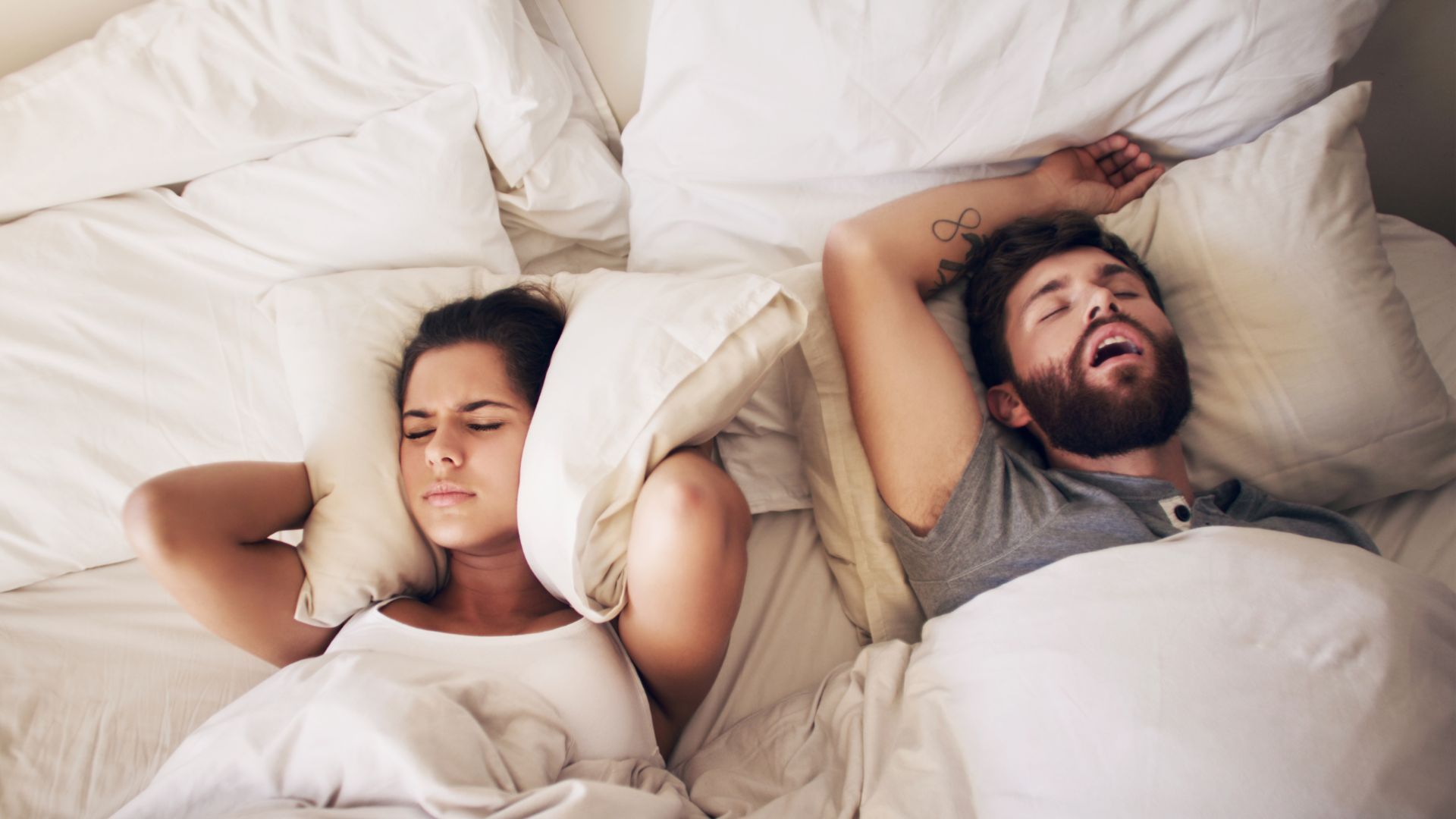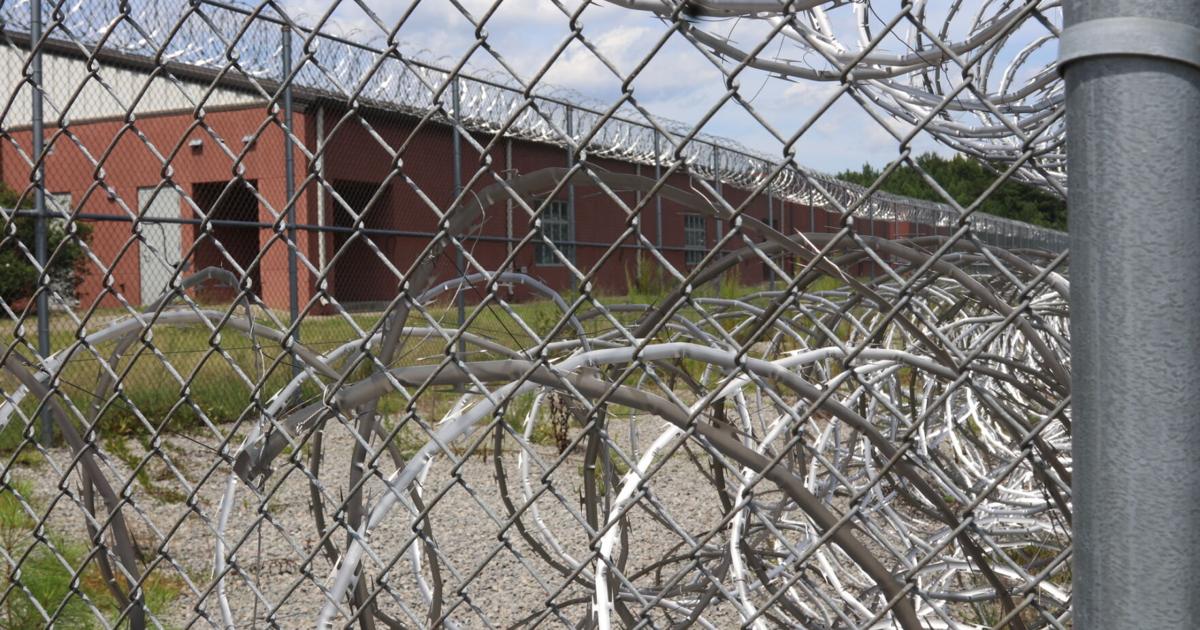
Obstructive sleep apnea (OSA) affects an estimated 85 million people in the US, and up to 3.9 million in the UK, and is characterized by pauses in breathing that are caused by the throat collapsing and restricting airflow. This can cause issues including snoring, sleep disruption, daytime sleepiness and headaches.
While being overweight and lifestyle habits such as smoking and drinking alcohol can contribute to causing OSA and make it worse, a new study has found that an environmental issue common in cities, air pollution, can also increase severity.
Read on to discover what that is, how the researchers made the discovery and what you can do to improve air pollution where you live.
Key takeaways
Data from 19,325 patients with obstructive sleep apnea was combined with data on air pollution in cities they live in
Results showed sleep apnea was more severe in cities where air pollution was worse
Certain cities showed a stronger link between air pollution and OSA, including Paris and Athens
The new study was presented at the European Respiratory Society (ERS) Congress in Amsterdam by Martino Pengo, Associate Professor from the University of Milano-Bicocca. Researchers wanted to explore any link between air pollution and OSA on a larger scale than previous studies had done.
So, they used data from 19,325 OSA patients who are already taking part in a research project called the European Sleep Apnoea Database, and who live in 25 different cities across 14 countries. Then they combined this with Europe-wide Copernicus Atmosphere Monitoring Service records of PM10 concentration in the air where each of the OSA patients live.
PM10 is airborne particle matter (which consists of various chemical compounds and materials that can be toxic to us) that has a diameter of 10 microns, which means its small enough to inhale.
How does air pollution affect sleep apnea?
According to the study? Air pollution likely makes sleep apnea worse.
The researchers found that the higher the air pollution in a city, the more severe sleep apnea the patients experienced; for every one unit increase in PM10, there was a correlating increase in patients’ Apnea-Hypopnea Index (AHI).
AHI measures the severity of sleep apnea, and is defined by the Cleveland Clinic as “the average number of times you stop breathing (apneas) and have shallow breathing events (hypopneas) per hour of sleep.”
The results also showed that where air pollution was lower, sleep apnea was less severe, further indicating the effect of air pollution on the condition.
While patients in the study who had a higher AHI of five or more lived in areas where the average PM10 was higher, for those with an AHI of less than five, the average PM10 in areas they lived was also lower.
The researchers found that the impact of air pollution on OSA varied between different European cities. In some it was weaker, whereas in cities including Lisbon, Paris and Athens, particularly strong link between air pollution and OSA was present.
“We confirmed a statistically significant positive association between average long-term exposure to air pollution, specifically fine particles known as PM10, and the severity of obstructive sleep apnoea,” Pengo explained, adding that the results were still significant, even when they accounted for other impacts on sleep apnea.
“Even after we took account for other factors that we know have an effect on OSA, we still found an average increase in the number of respiratory events per hour of sleep of 0.41 for every one unit increase in PM10,” he added.
How to improve your air quality
While the results of the study could be bad news for those with sleep apnea, there are steps you can take to tackle air pollution if it’s an issue where you live, which should help with your health whether or not you experience the sleep disorder.
When you’re outdoors
Obviously it’s tricky to improve air pollution outdoors on an individual level, but when it comes to how you can avoid air pollution, particularly on days where air quality it lower where you live, Asthma and Lung UK recommend a variety of measures.
Spend time outdoors earlier in the day when pollution levels are low
Keep car windows wound up when moving through traffic
Avoid spending time outdoors when pollution levels are particularly high
These include heading outdoors earlier in the day to align with when air quality is generally better, keeping to quieter streets in order to avoid walking near too much traffic and positioning yourself on the inside of the sidewalk as air pollution is reduced when you’re further away from cars. Finally, when air quality is particularly bad consider avoiding spending too much time outdoors.
If you’re driving, it’s also suggested that you keep windows closed in your car, a measure that is even more valuable if the traffic you’re in slows down.
The UN Environment Agency also recommends keeping tabs on the air pollution levels in your local area by checking daily, and wearing a face mask with a filter that can stop fine particle matter.
When you’re in your home
Avoid burning solid fuels like wood and coal for cooking and heating
Keep your home well ventilated (unless outdoor pollution levels are high)
Vacuum weekly with a HEPA filter vacuum
Avoid smoking or vaping indoors
One of the best choices you can make to reduce air pollution in your home is to avoid burning avoiding solid fuels like wood and coal for cooking.
The UN Environment Agency recommends this, as well as purchasing cookstoves that have good efficiency ratings. They also note that the same fuels used in the home for heating can contribute to outdoor air pollution.
As well as helping to reduce the amount of air pollution in your home, a recent review of studies found that those who use these solid fuels for cooking and heating in the home experienced worse sleep quality, including short sleep duration and insomnia.
Unfortunately, there are also many other air pollutants commonly found within the home. Some mattresses crafted from synthetic foams, along with carpets and rugs, air fresheners, deodorants, furniture, paint and even dry-cleaned clothing and can all emit volatile organic compounds (VOCs), which contribute to indoor air pollution. Issues such as mold, pet dander and dust mites can also reduce air quality.
The American Lung Association recommends a variety of measures, you can take to eliminate or reduce the sources of air pollution inside, including ditching scented products like air fresheners, not burning, smoking or vaping inside, using mattress encasements to protect from dust mites, vacuuming weekly with a HEPA filter vacuum, keeping pets off the bed and opening doors and windows if using products with VOCs.
A good example of when to do this would be after investing in the best mattress for you. During any period of new mattress off-gassing (which is the emitting of any VOCs), keep the room ventilated.
The ALA also advises keeping your home well ventilated so that outdoor air (unless you live close to a source of heavy pollution) can dilute polluted indoor air. Finally, they suggest considering an air purifier to help clean the air in your home.
What to do if you think you have sleep apnea
One of the first steps to recognizing you’re experiencing obstructive sleep apnea is to familiarize yourself with the symptoms. We mentioned several above, but a fuller list includes: disrupted breathing, loud snoring, interrupted sleep, dry mouth, headaches, mood swings and daytime tiredness.
If you’re experiencing any of these on a regular basis it’s important to consult with your doctor or a medical professional. There is evidence of links between obstructive sleep apnea and serious health issues like strokes, type 2 diabetes, and heart attacks per John Hopkins Medicine, which is why diagnosis and treatment are important if you are experiencing the condition.
In terms of treatment, experts previously explained to us that changes such as weight loss, stopping smoking and avoidance of alcohol can help improve symptoms but an oral mouth guard or sleep apnea mask may be recommended. However, it’s important to follow the guidance of your doctor.



